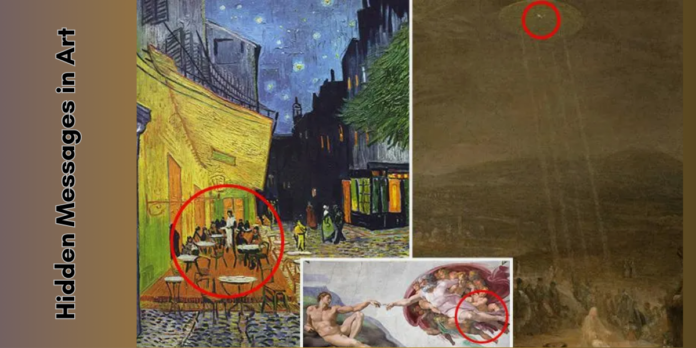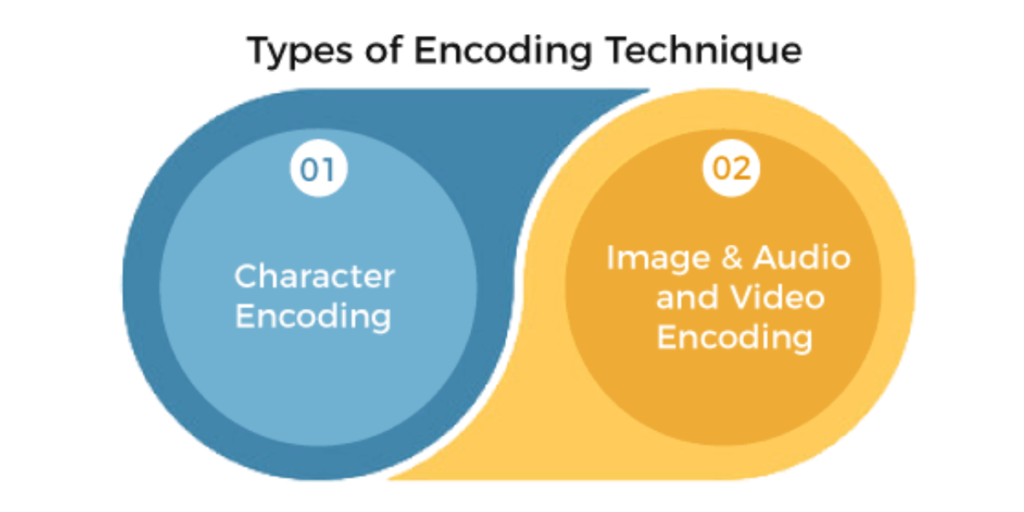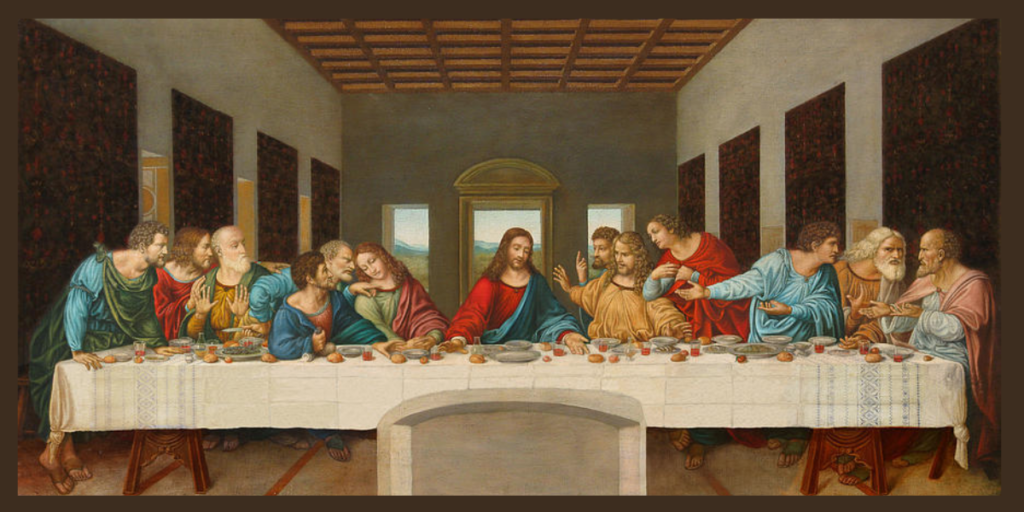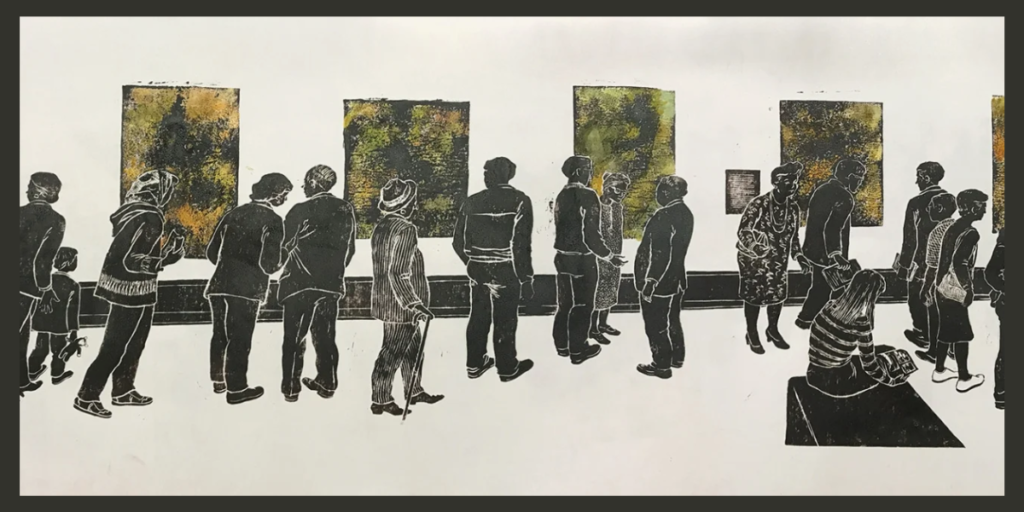Art has long been a mirror reflecting the soul of humanity, capturing the zeitgeist of various eras and cultures. Beyond its aesthetic appeal, art often conceals deeper meanings, encoded messages that challenge viewers to look beyond the surface. These secret messages can range from subtle symbols to complex allegories, weaving a tapestry of thoughts, beliefs, and histories that can be deciphered with the right knowledge and perspective. This article explores how artists embed messages in their work, their methods, and the impact these hidden elements have on viewers and art history.
The Concept of Hidden Messages
Hidden messages in art are intentional or incidental elements embedded by artists to convey ideas, provoke thought, or critique societal norms. These messages can be found in various forms, from cryptic symbols and metaphors to layered narratives and historical references. The art of decoding these messages involves understanding the context in which the work was created, the symbols used, and the personal and cultural history of the artist.
Techniques for Encoding Messages
Artists have employed numerous techniques to embed hidden messages in their work. Some of the most common methods include:
Symbolism:
Artists often use symbols with specific meanings known to a particular group or era. For instance, the use of a skull in Vanita’s paintings symbolizes mortality, reminding viewers of the transient nature of life.
Allegory:
An allegory is a narrative in which characters and events symbolize broader concepts. For example, George Orwell’s Animal Farm uses farm animals to critique totalitarian regimes, making a complex political statement through a simple story.
Anachronisms:
Placing elements out of their historical context can serve as a subtle commentary on the present. For instance, in The Garden of Earthly Delights by Hieronymus Bosch, surreal elements challenge contemporary views on morality and human nature.
Hidden Texts and Codes:
Some artists incorporate text or codes that require deciphering. Leonardo da Vinci’s The Last Supper contains various hidden symbols and mathematical ratios that have fascinated scholars for centuries.
Notable Examples and Their Interpretations
Throughout history, many works of art have sparked intrigue and debate due to their hidden messages. Here are a few notable examples:
Leonardo da Vinci’s The Last Supper:
This iconic painting is rife with hidden meanings. Scholars have debated the presence of a hidden figure and the use of geometric symbolism, suggesting a deeper layer of meaning that extends beyond the immediate visual narrative.
Salvador Dalí’s The Persistence of Memory:
Dalí’s surreal masterpiece is famous for its melting clocks, which some interpret as a commentary on the fluidity of time and the relativity of human perception.
Hieronymus Bosch’s The Garden of Earthly Delights:
This triptych is packed with fantastical imagery that challenges viewers to consider the nature of paradise, sin, and the human condition. Its cryptic details have led to countless theories about its meaning.
Banksy’s Street Art:
In the contemporary realm, Banksy’s work is known for its sharp social commentary. His pieces often contain hidden messages critiquing consumerism, war, and political corruption, accessible to those who take the time to look closer.
The Role of the Viewer in Deciphering Art
The interpretation of hidden messages in art is not solely the domain of scholars and experts. Viewers play a crucial role in decoding and understanding these messages. Personal experiences, cultural background, and individual perspectives all influence how one perceives and interprets hidden meanings. This dynamic interaction between the artwork and the audience underscores the subjective nature of art appreciation, making each viewing experience unique.
Impact on Art History and Culture
Hidden messages in art have significantly influenced art history and culture. They provide insight into the thoughts and concerns of past societies. Revealing the layers of meaning that have shaped human consciousness. These messages also challenge contemporary viewers to engage critically with art, encouraging a deeper understanding of its context and relevance. Furthermore, discovering hidden messages can transform our appreciation of an artwork. Adding depth and complexity to our understanding of its significance.
Conclusion
Hidden messages in art are a testament to the complexity and depth of human creativity. They invite viewers to explore beyond the obvious, to engage with the layers of meaning that artists have carefully woven into their works. Whether through symbolism, allegory, or subtle hints. These messages enrich our understanding of art, offering new perspectives and insights with every encounter. As we continue to uncover and interpret these hidden elements. We gain a greater appreciation for the enduring power of art to communicate across time and space, transcending the boundaries of language and culture.





